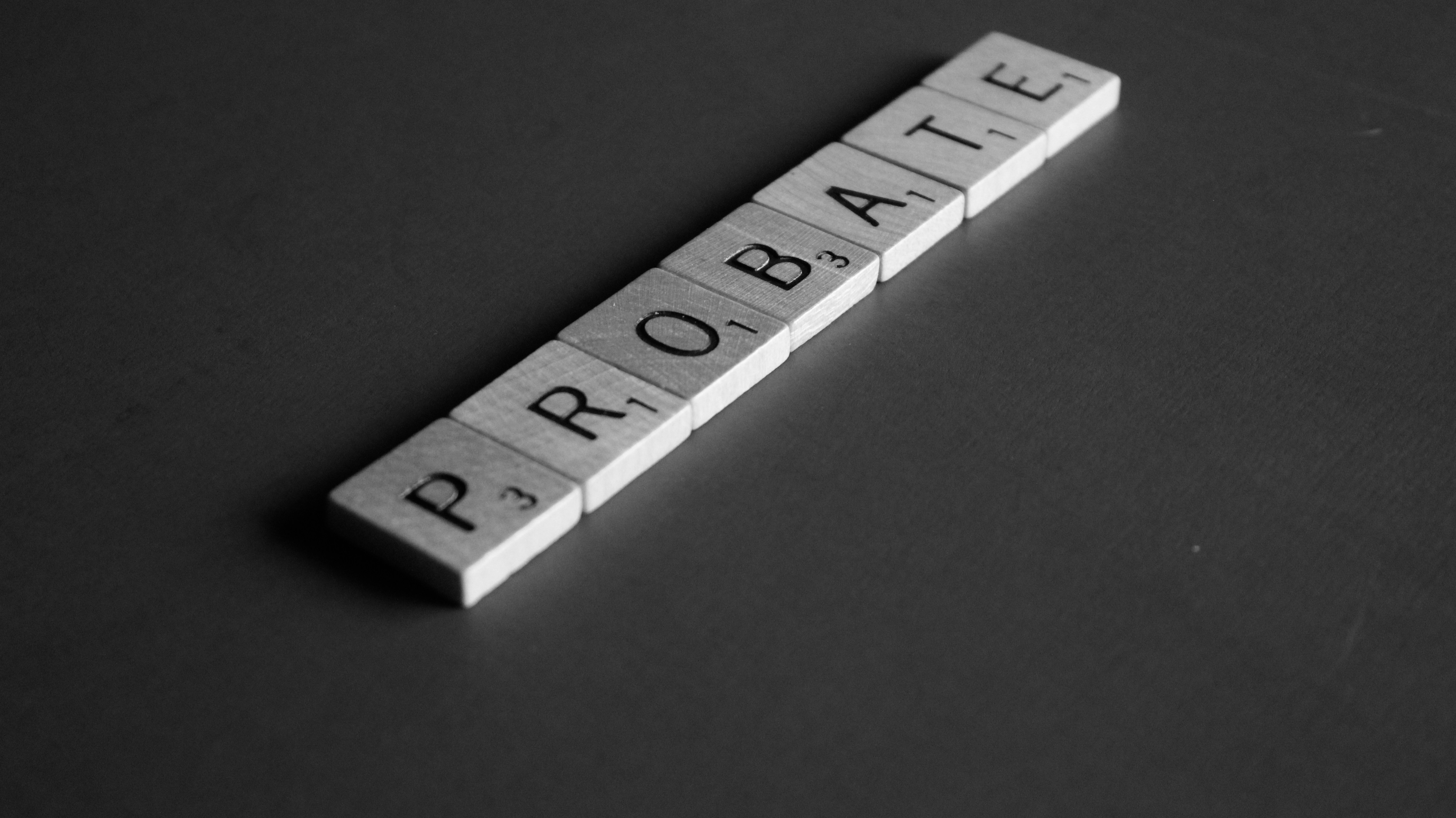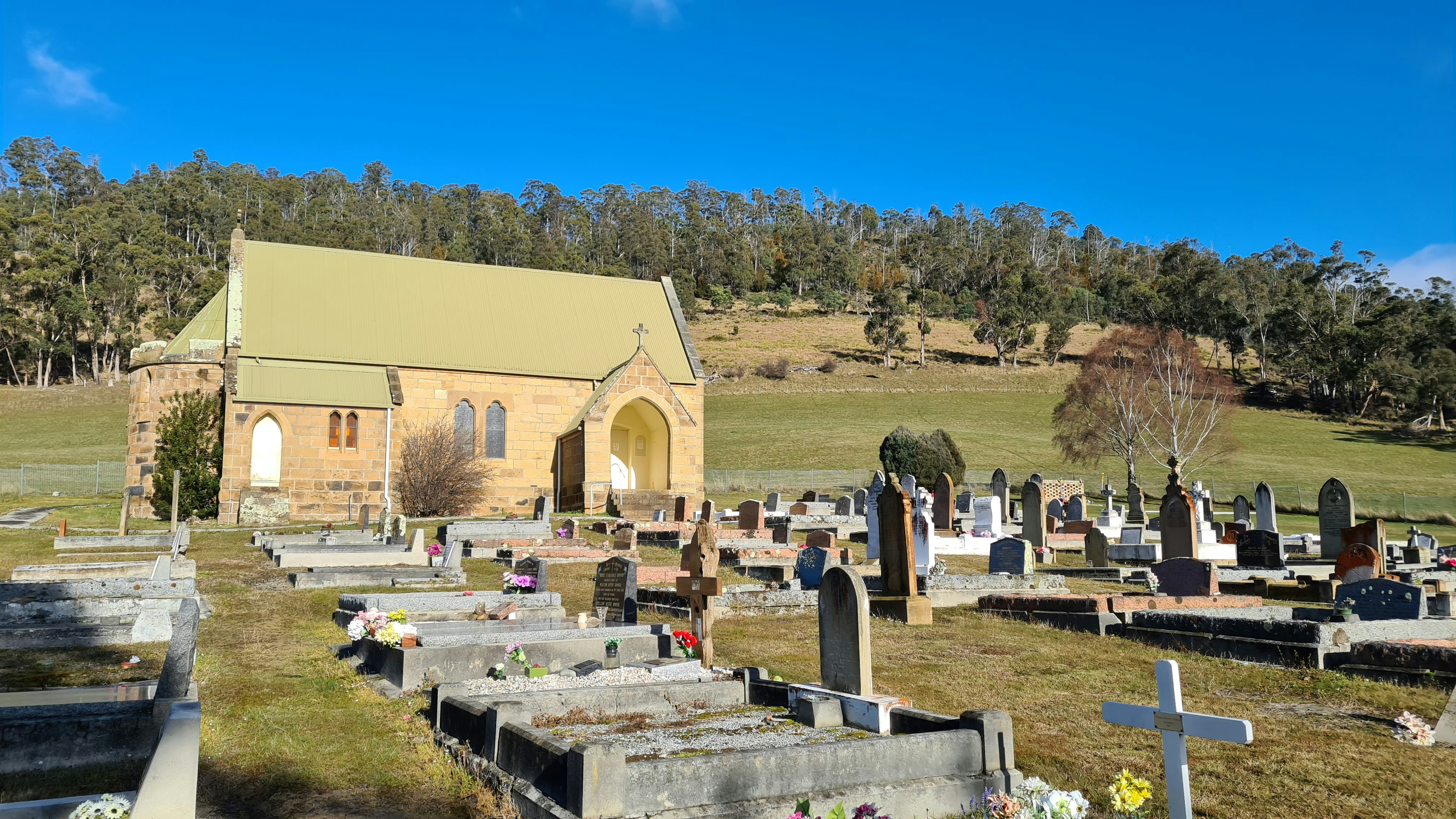When an individual is named as the executor of a deceased person’s probate estate, it can seem like an intimidating responsibility. Their first question is likely to be “What exactly am I supposed to do first?” To put it simply, it is their job to distribute the deceased’s possessions among the beneficiaries named within the will, as well as tidy up the deceased’s legal affairs.
In most cases, the executor is often a trusted family member. Unless objections from the beneficiaries or heirs arise, the probate judge can appoint the listed individual in accordance with those wishes. This is where the probate process begins, guiding the executor in their task of overseeing the legal distribution of assets among the heirs.
The Probate Process

Most importantly, the executor is responsible for managing the estate throughout the entire probate process and often includes a series of court appearances and filings as the checklist rolls on. The first order of business is submitting the deceased’s last will and a testament to the probate court for legal review, culminating in the official “opening” of the probate estate.
Once the document is accepted, a hearing is scheduled for the appointed judge to determine the will’s validity and offer interested parties their opportunity to contest any details if needed. In some cases, the process can prove to be a lengthy one, and beneficiaries can opt to apply for a probate loan, also known as an “inheritance loan” or “inheritance advance,” while the probate case is processed through the proper legal channels. In that case, a separate hearing is scheduled.
Notifications of the Death
Before any formal legal actions with the probate process can begin or estate loans granted, the first order of business is notifying the beneficiaries of the death. This task not only includes contacting those heirs of their pending inheritance, but also publishing a legal “death notice,” or obituary, as well as canceling all of the deceased’s credit cards, personal care services, and subscriptions. Most importantly, the Social Security Administration must be contacted, as the deceased may have been the recipient of government benefits.
Gathering the Deceased’s Assets

While the deceased’s last will and testament provide the list of assets to be divided and distributed, those items must now be located. Although this is one of the most self-explanatory tasks, the process can prove tricky if the will failed to include certain assets, such as items obtained by the deceased after the will was written, or things are simply forgotten during the estate planning. Additionally, as noted by John Foresi from Venterra Realty, this may include property and real estate. In this instance, a probate loan may be utilized to assist beneficiaries awaiting the court’s final verification.
Once all of the assets have been accounted for, the executor is free to submit their full inventory to the probate court. Only then may the legal distribution of those assets may begin, and any monthly payments of probate loans or inheritance advances start to be paid by the borrower back to their original lender.
Paying the Decedent’s Debts
Typically, a decedent’s beneficiaries aren’t responsible for leveling any outstanding debt. However, any outstanding creditors must be identified and notified. In the event that the estate did leave an outstanding debt balance, those credits are within their legal right to make claims upon the assets. For this, the estate may receive counsel in probate law from the court in using estate funds to pay off the balance.
Officially Closing the Estate

Once the decedent’s legal and financial affairs are taken care of, the executor’s responsibility is to officially “close” the decedent’s estate. This can only be accomplished after all assets and property have been valued for the purposes of taxes. The court typically presents two options for carrying out this task: using the “date of death,” or scheduling an alternate valuation six months later. However, the second option can assign a lien on the distribution of the assets, leading to most beneficiaries pushing for the date of death to be used.
With every task taken care of properly, the estate may be legally closed. The final responsibility is now a formal accounting of each action taken on behalf of the estate. Once completed, the accounting is submitted to the court, allowing the judge to grant permission for any final liquidation of leftover assets among the beneficiaries.




